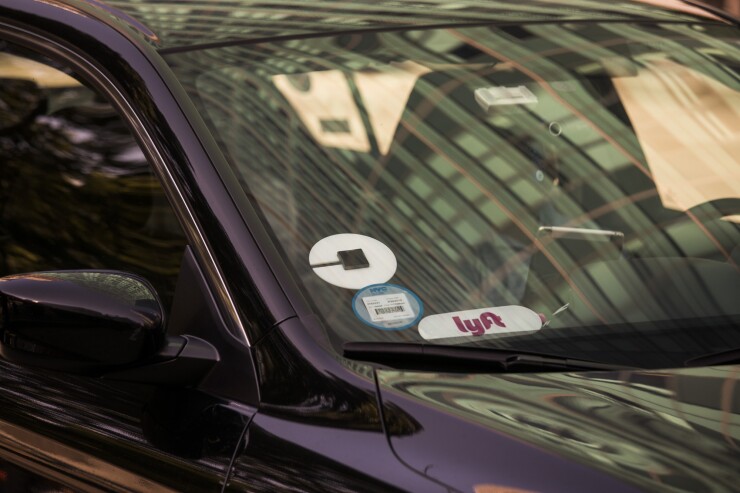With the slow transition away from traditional employment and rise of independent labor over the past decade, the U.S. economy has experienced a significant shift in how employees choose to work. The pandemic has served as a catalyst for deeper change with respect to this phenomenon. What seemed like a gradual uptick in interest for
Read more:
One in three working Americans now consider themselves to be “gig workers,” a segment that’s expected to grow in a post-pandemic world. While this transition is still in its early stages, there is mounting pressure on lawmakers and businesses to adapt to the changing economic climate. Whether through cost-saving initiatives, workplace practices, or fundamental structural changes in operations, it’s increasingly vital for HR and benefit advisers to understand and embrace the
Gig work risks and why they’re being taken
Gig work, at its core, is risky autonomy. Individuals that pursue this arrangement, like those in an entrepreneurial profession, choose exactly how much they want to work and shoulder the personal risk rather than an employer doing so.
The question is, why has taking on all this risk suddenly become even more appealing than a traditional work environment to as many as one-third of U.S. workers?
“What we’ve seen over the last four and a half decades is just huge erosion of worker leverage in a way that’s led to just incredibly low job quality for huge swaths of our labor market: low wages, low benefits, bad hours, bad working conditions,” according to Heidi Shierholz, director of policy at Economic Policy Institute and former chief economist at the U.S. Labor Department. She goes on to say, “we know that the quality of these [independent] jobs they say they’re choosing are often just incredibly bad, and that means their other [traditional] choices are really, really bad.”
Shierholz emphasizes what the pandemic brought to a head, which is that many businesses across the U.S. had ascribed to an employer-first mentality that placed profits ahead of employee work-life balance, while expectations like overtime or a 9-5 schedule were commonplace. These issues had existed for decades and the pandemic isn’t solely responsible for starting the trend of re-evaluating labor conditions – but one of COVID-19’s few silver linings was simply accelerating that trend.
The Great Resignation
Anthony Klotz, a business professor at Texas A&M, coined the significant restlessness across the American workplace “The Great Resignation,” which has affected Gen-Z (ages 18-24) the most. “Many employees only stay at their jobs because the costs of leaving are higher than the costs of staying,” he explained, “and this ratio has shifted for many workers over the past year.”
However, as the traditional work-first priority trickled upward it affected more than just the youngest generation. With remote work becoming standard, many employees across all age groups were more easily able to strike a work-life balance and the time spent on work was less regulated. Work and production didn’t slow down, but rather the time spent on it did.
Read more:
The traditional 9-5 mentality encourages a lot of wasted time between production goals, which and working from home significantly minimized that. Why spend a full eight hours on a two-hour project? As remote work has lessened and we’ve returned to the office, businesses not willing to adapt to the newfound flexibility that employees became used to in 2020 are struggling to keep them around.
Freelance platforms and contract labor
Another contributing factor to more gig work being chosen over traditional labor is greater accessibility of this work. Platforms like Fiverr, Upwork, and GravyWork have made finding gig work easier than ever before. More people are able to create profiles and start work in their chosen field so long as they have access to the Internet and other tools necessary to make it happen.
It’s equally beneficial for employers to hire gig workers because of built-in economic incentives. Hiring for temporary work doesn’t necessitate large investments like funding employee healthcare coverage. The value to both parties is more jobs offered to workers at higher pay, allowing for flexible labor in chosen professions, and the employer has fewer backend payments or long-term commitments.
Changing economic landscape and workplace
Based on these trends exacerbated by the pandemic,
With opportunities becoming more readily accessible to make that dream a reality, the traditional benefits of a 9-5 job are becoming far less appealing to the modern worker, further cementing the rise of the gig economy. The sooner that advisers understand and embrace this shift on behalf of clients that can benefit from the change, the better the outcome.






